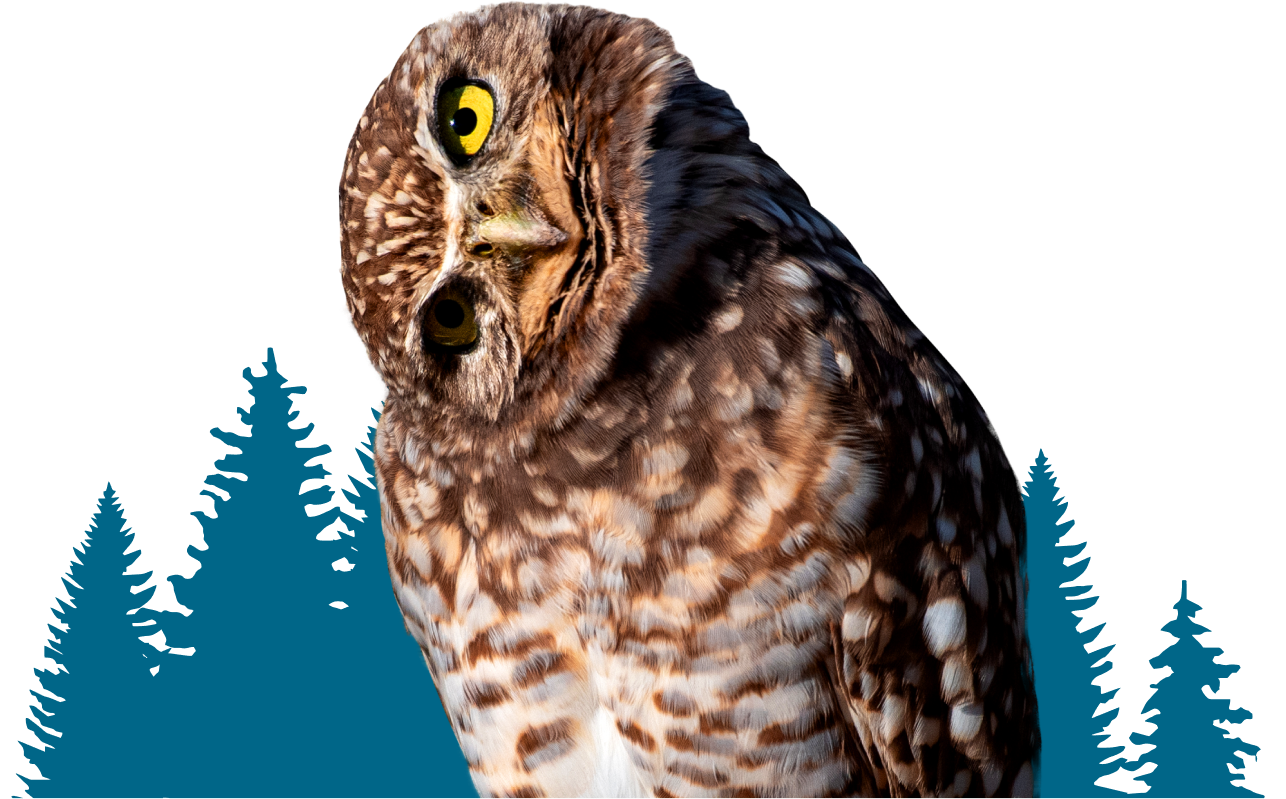Our Zoology Program covers a wide range of rare species that call Nevada home. Many of these species are endemic to the state, occurring in Nevada and nowhere else in the world. Others may reach the edge of their range, as is the case with many species occurring in the Sierra Nevada mountain range in the western part of the state. Still others are wide-ranging species that are showing evidence of significant declines due to large scale habitat conversions. NDNH biologists map and keep track of all at-risk species, maintaining high-quality data on location and conditions of individual populations, as well as participate in a wide variety of conservation planning efforts.
Many people think of zoology in terms of warm, fuzzy, feathery, scaly, and finny species; however, invertebrates are an equally important, often overlooked, and not well-studied group. For example, the Great Basin has the greatest diversity of springsnails in the world. Many springsnail species are restricted to a single small spring, making protection of these natural resources critical (for more information, please see our Wetland Program page). Additionally, Nevada is 8th in the nation for butterfly diversity, including endemics such as the imperiled Mount Charleston blue butterfly, and the very narrowly endemic Sand Mountain blue butterfly. Other invertebrates that NDNH is tracking include mussels, sand beetles, ants, and bees.
NDNH biologists play a critical role in many conservation efforts around the state. For example, we chair the Amargosa Toad Working Group, a multi-agency and private partner initiative dedicated to conserving habitat and individuals of this very geographically restricted species. We continue to work closely with other agencies and organizations on conservation planning and recovery efforts for a variety of species, including springsnails, rare fishes, amphibians, birds, and mamals.
Current Projects
- Nevada and Utah Springsnail Conservation Agreement and Strategy (CAS) – Nevada Natural Heritage staff are members of the Nevada Springsnail Conservation Team (SCT), which was assembled in 2017 by the Nevada Department of Wildlife. Members of the SCT are dedicated to implementing the conservation measures outlined in the strategy document to prevent springsnail species from being listed under the Endangered Species Act.
- A case study about the springsnail conservation effort can be accessed here.
- A poster summarizing the Nevada and Utah Springsnail CAS can be found here.
- The following resources can be downloaded here.
- Conservation Strategy for Springsnails in Nevada and Utah (August 2020)
- Springsnail Conservation Strategy Tables and Appendices
- Appendix A: Summary Reports for 103 Springsnail Species
Recent Projects
- Nevada Springsnail Survey Protocol – Adapted from the Arizona Springsnail Survey Protocol developed by Arizona Game and Fish, the Nevada Springsnail Survey Protocol was created through a partnership between Nevada Natural Heritage and the Great Basin Institute. This Level 1 survey combines information required by Nevada Natural Heritage with other survey methods to create a streamlined, point-in-time survey which will provide relevant data regarding springsnail presence, population density, and habitat condition. It can be used on single source and multi-source springs to answer the question: Are springsnails present in the spring system? For additional information, contact Eric Miskow or Ali Helmig.
Past Projects
- NDNH partnered with the Nevada Department of Wildlife, The Great Basin Bird Observatory, Lahontan Audubon Society Important Bird Areas Program, and The Nature Conservancy to revise the State Wildlife Action Plan (SWAP). In 2001, Congress passed the State Wildlife Grants program (SWG) in recognition of the need for funding of wildlife diversity programs. Congress mandated each state and territory to develop a Comprehensive Wildlife Conservation Strategy (now named Wildlife Action Plans) by 2005 in order to continue to receive federal funds through the SWG program. Nevada’s first Wildlife Action Plan was completed and approved by the U.S. Fish and Wildlife Service (USFWS) in 2005. This plan was then revised in 2012 in order to incorporate the potential impacts of emerging and expanding stressors – climate change, accelerated energy development, disease, and invasive species – on the state’s fish, wildlife, and habitats. As a member of the SWAP team, NDNH played a key role during the revision process. NDNH revised and updated the species accounts and conducted the species-level climate change vulnerability assessments using the Nature Serve Climate Change Vulnerability Index (CCVI) – see Climate Change Program.
Ongoing Projects
- Digitizing of animal location data and related paper files
- Field surveys and monitoring of vulnerable species
- Review and revision of conservation priorities and ranks
- Current vertebrate species lists for Nevada
Staff Members
- Ali Chaney
- Eric Miskow
- Kim Williams
- Kristy Howe
- Brenda Smith
